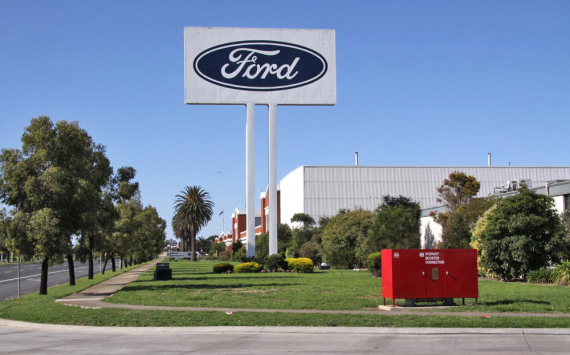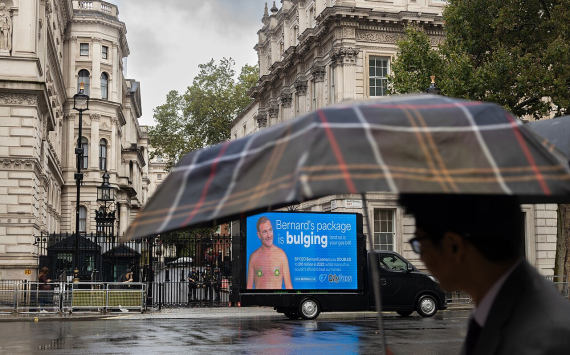
Revving Up for the Future
General Motors and Ford, two automotive powerhouses, are not slowing down. Despite their significant investments in future electric vehicles, they are also making substantial commitments to internal combustion engine (ICE) vehicles that extend well into the next decade.
Current Investments in ICE Vehicles
GM has recently announced over $2 billion in spending on new full-size trucks, SUVs, and a new generation of powerful V8 engines to drive them. GM President Mark Reuss emphasizes that the ICE age is not over, as they continue to assert their truck leadership with GMC and Chevrolet across midsize and full-size trucks.
Ford, on the other hand, has taken a unique approach by separating into new divisions. Ford Blue focuses on ICE and hybrid models, while Model e is dedicated solely to electric vehicles. Ford CEO Jim Farley highlights the importance of capitalizing on their red-hot product lineup, including the popular gas and diesel-powered versions of the F-Series truck lineup.
Expert Opinions
Industry experts, like Mike Ramsey from Gartner, highlight the profitability of full-size pickups, large SUVs, and heavy-duty pickups, making it difficult to replace them with electric vehicles (EVs). Ford F-Series sales are robust enough to be a Fortune 100 company on their own. General Motors earns about $7.5 billion annually in pretax profit from trucks. J.D. Power analysts, including Tyson Jominy, stress that ICE vehicles remain highly profitable, funding EV research and development.
The Transition to EVs
GM and Ford are committed to ambitious EV production goals. By 2025, GM aims to produce over 2 million EVs annually, while Ford targets the same milestone by 2026, with a focus on a 600,000 annual capacity in the U.S. However, ICE vehicles will remain significant for at least another decade, especially in developing markets.
Investing in ICE for Future EV Production
Austin argues that the investment in assembly plants for ICE vehicles can still benefit EV production in the long run. While EVs require new models and platforms built in new plants due to battery technology, they still rely on body panel stamping and paint shops, similar to ICE vehicles. Therefore, the investments made now in ICE vehicles can contribute to the automakers' commitment to going fully electric in the future.














































